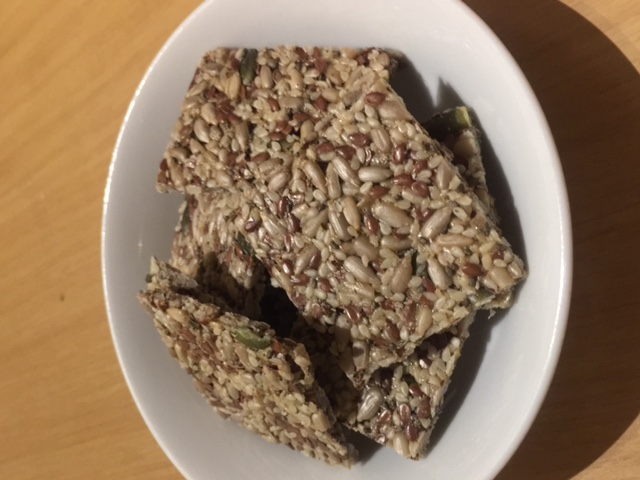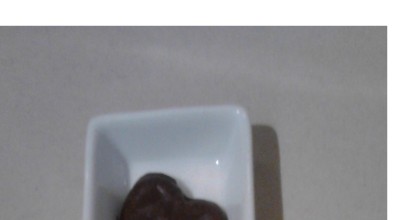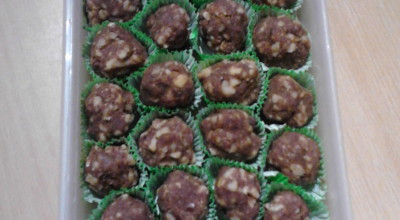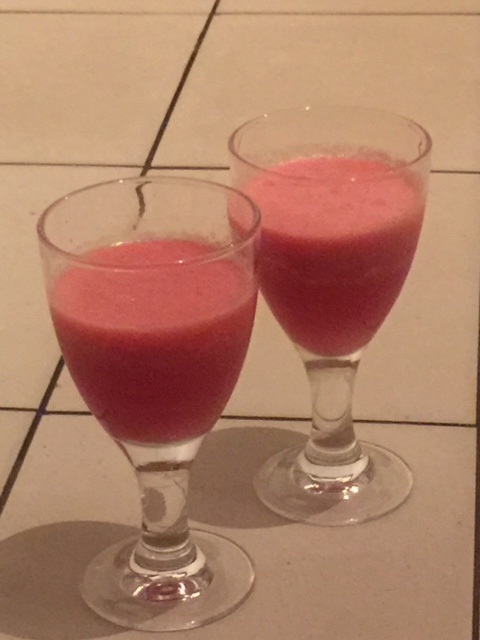RECIPE FOR CULTURED/FERMENTED VEGETABLES – AMAZING HEALTH BENEFITS
EASY PROBIOTIC & ENZYME-RICH
CULTURED SAUERKRAUT AND VEGETABLES (Raw)
Fermentation was one of the first forms of food preservation. Cultured foods are pro-biotics that optimise the gut flora, supporting the assimilation of nutrients: it is estimated friendly intestinal flora is responsible for 60-80% of our immune system – all health begins or ends in the gut. Adding naturally fermented foods to our daily diet is an easy & inexpensive way to prevent disease, reduce inflammation & strengthen immunity – effective in the treatment of candida, ulcers, colitis, food allergies, cystitis, constipation as well as cancer prevention.
In the late 1770′s, Captain James Cook navigated the world without losing a sailor to scurvy, thanks to the foods his ship carried including 60 barrels of sauerkraut. Research indicates that 2 cups of sauerkraut is equal to eight bottles of pro-biotics!
Ensure that all utensils & surfaces are spotlessly clean!
Ingredients
- 1 medium purple OR green organic cabbage,
- or any other mixture of vegetables (eg: carrots, radish, turnip, ginger, green veg etc
- (all preferably organic) finely sliced or shredded
- Himalayan salt, to taste
- 1 tsp caraway, dill and/OR celery seeds, whole
- Juniper berries, whole or ground (optional).
- a small amount of flaked chilli (optional)
- Sterilised wide-mouth air-tight jar/s
Method
- Pour boiling water over your jars to sterilise.
- Massage the salted cabbage till soft & weeping.
- Combine with spices of choice(when adding herbs & spices the fermenting increases the flavour multi-fold so little goes a long way).
- Pack tightly into your sterilised jar & ensure that the juices rise just above the cabbage to create a seal.
- Leave a few cm’s of space at the top & seal jar.
- Allow to ferment at room temperature for up to a week. During summer, your sauerkraut is typically done in 3-5 days, in winter up to 7 days or longer.
- Heat will kill the beneficial microbes!
- Check the sauerkraut daily & press down with a clean spoon to ensure the cabbage is submerged – this also releases gases produced during the fermentation process.
- It’s important that the cabbage remain submerged in its liquid during fermentation. If preferred, weigh down the cabbage with a glass weight, sterilised stone or other heavy item small enough to fit into your jar.
Ready to eat after first week & thereafter will store in the fridge for months, slowing down the fermentation process.
There’s no hard and fast rule for when the sauerkraut is “done” — gage by how it tastes. The slight sour taste or tartness is the result of the beneficial bacteria converting the carbohydrates into beneficial lactic acids. Lactic-acid producing bacteria naturally preserve the dish.
Always use a clean spoon & resist the temptation to eat out of the jar which can introduce organisms from your mouth.
( information & recipe received from Lilly Jones )
If you liked this article you should follow me on twitter
Follow @SylviaLampe


 ANOTHER RAW CHOCOLATE RECIPE – SUPER EASY, SUPER QUICK, SUPER YUMMY
ANOTHER RAW CHOCOLATE RECIPE – SUPER EASY, SUPER QUICK, SUPER YUMMY
 10-MINUTE-NO-BAKE NUT & RAW CACAO BALLS / CAKE
10-MINUTE-NO-BAKE NUT & RAW CACAO BALLS / CAKE
